I am probably no different than most hobby growers turned fanatic, and we all begin to dream of a greenhouse sometime along the way, the Holy Grail with seemingly limitless possibilities. Needless to say, creating orchid culture nirvana doesn’t just happen. Building a greenhouse is quite an undertaking requiring a lot of planning and hard work. My case was no different. The greenhouse build has been the most requested topic I have gotten while silent, so I figured it was a good place to start – even though I knew it would become a monster post. In the spring of 2013 we broke ground – and here is the story. There are a bunch more photos at the very end that might help clear things up. I hope you find it helpful if you are considering doing something similar, or just enjoy the ride, it’s on me!
Before you go ahead and build a greenhouse, ask yourself:
- Why do I want a greenhouse?
- What desire does it fulfil or what problem does it solve?
- How am I planning to use it?
- Where can I build it?
In my case:
- Why – I want to be able to move out to the summer cottage a lot earlier in the season and stay longer into the fall than weather allow for outdoor culture.
- What – Since weather here is unpredictable (even in the summer) and I also grow some species with special requirements, which are hard to meet outside of a controlled environment, the best solution for me was to build a greenhouse.
- How/use – In Sweden, or most temperate regions, heating a glass house in winter is very expensive, so most opt for a non-heated greenhouse for late spring to early fall use only, as did I. Besides, I would not be out here much in the winter anyway.
- Where – a good location is key, I only had one option and it was not ideal, so it took quite a bit of work to make it suitable. Of course I wanted it close so I could keep a close eye on things, but I also had to consider things like light, shade, wind, water etc. In terms of light, greenhouse manufacturers recommend a west to east orientation giving maximum exposure to natural light placed far from obstructions such as high trees of buildings. But since I grow cool/intermediate orchids I rather welcome some natural shade so we made sure to save a few shade trees on the sunny side when preparing the site. Oh, it faces north-east, not much to do about that.
Location
Design
- Brand: Classicum Serralux Vägg
- Type: lean-to, aluminum frame
- Size: 10 square meters (450 cm long, 225 cm wide, 244 cm ridge height, 15° pitch)
- Siding: 4 mm tempered glass
- Layout: 2 compartments (1/3 cool, 2/3 warm)
- Features: 3 roof hatches, 2 sliding doors, 1 mesh door
- Foundation: concrete floor with a 20 cm tall ventilated concrete base
- Technology: rain system (Vivaria), humidifier (Hydrofogger), metal halide 400W daylight light fixture, two space heaters, thermostats, timers, hot/cold running water
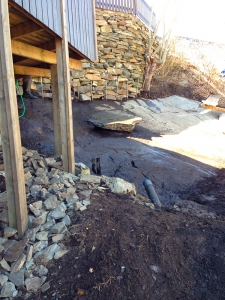


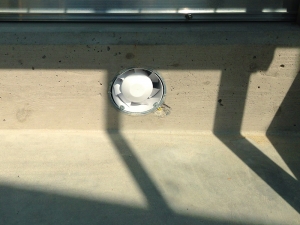
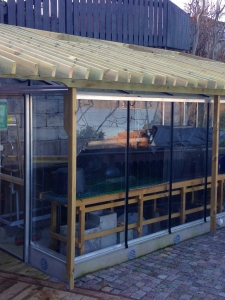
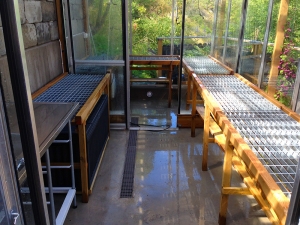
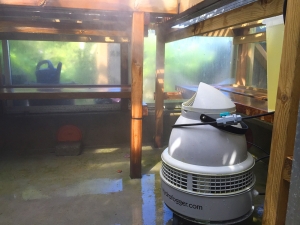
So, did having a greenhouse live up to all the hype? Yes! Will it be a constant project of adjustments and improvements? Probably. Knowing what I know now, would I do it again? Oh yes! My recommendation is to build as large as you can comfortably fit and afford. You will almost always wish you had more space and you will experience less dramatic temperature fluctuations and better air movement in a larger growing space than a smaller one. My greenhouse is 10 square meters, and I would say go no smaller than that if you can.
Finally, I like taking a little extra care to make it beautiful too, not just functional. This is my little peace of heaven on earth and I remind myself to pause, take it all in and just enjoy – often.
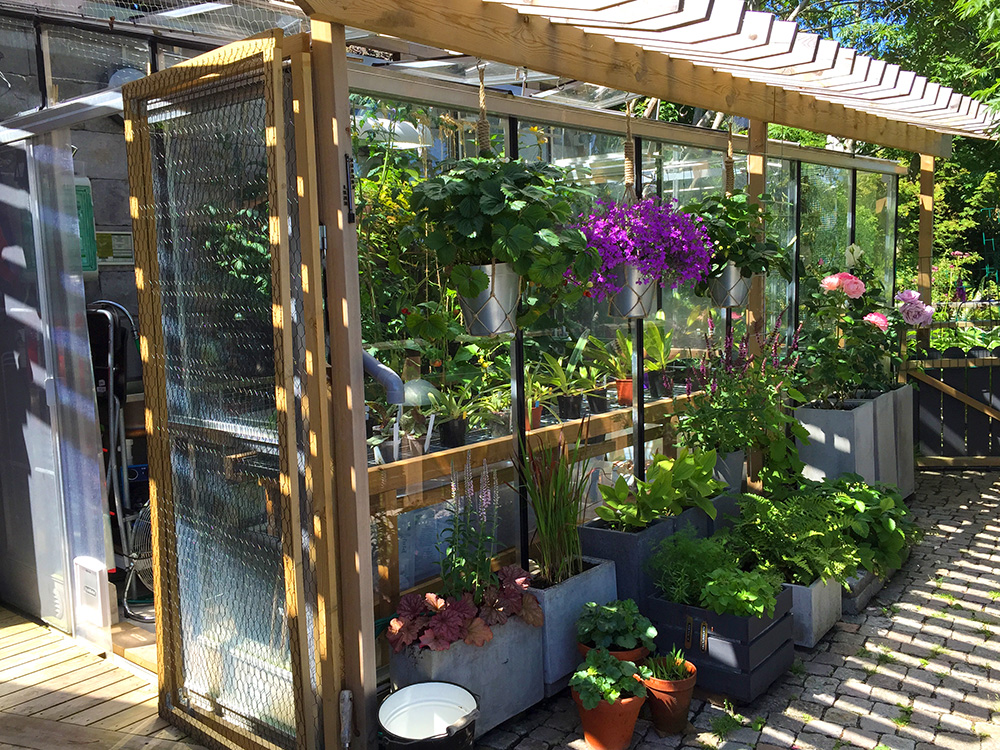
Building notes
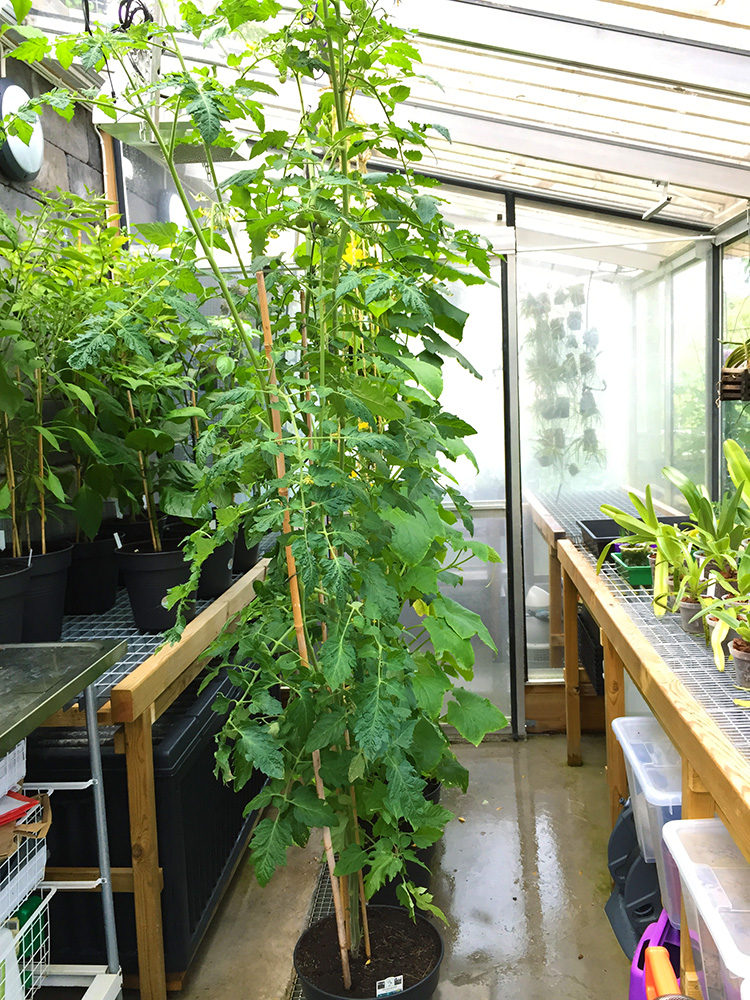
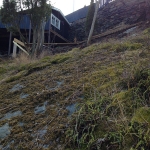
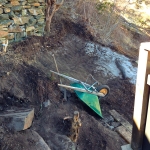
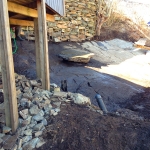
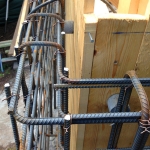
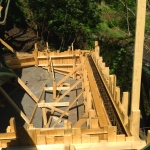
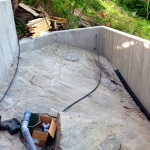
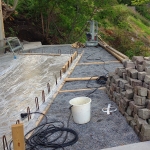
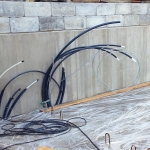
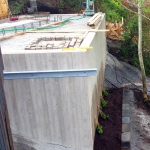

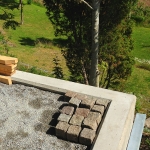
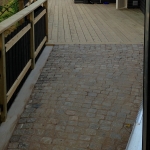
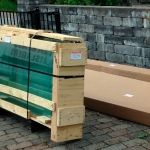
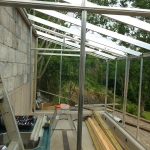
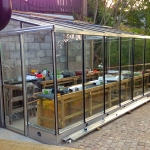
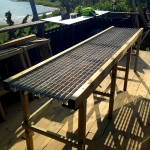
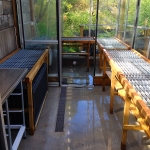

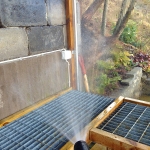
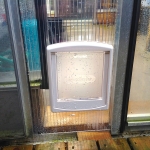

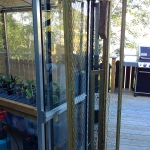
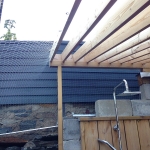
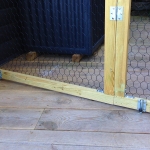

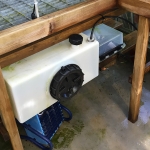
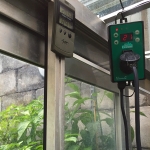

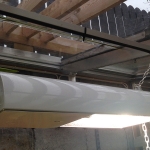
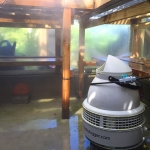
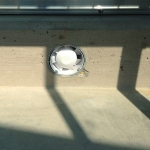
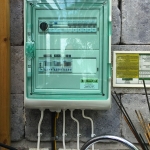
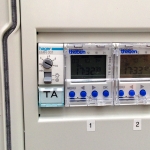
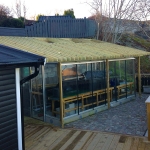
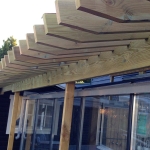
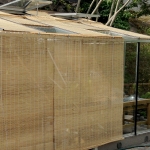



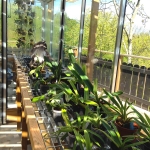
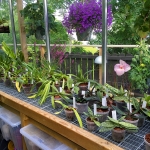
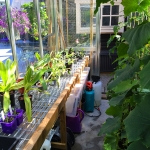
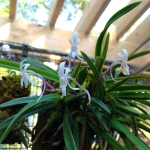
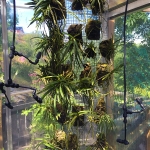
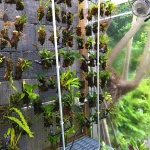
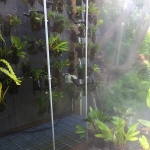
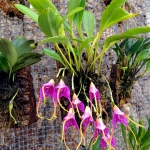

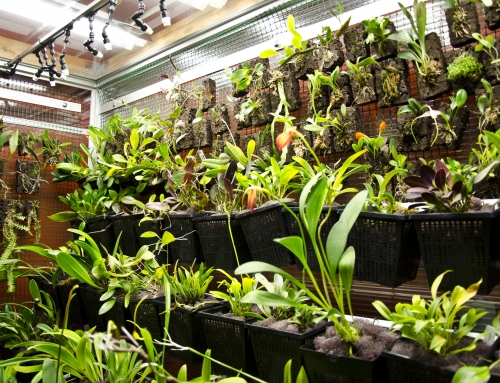
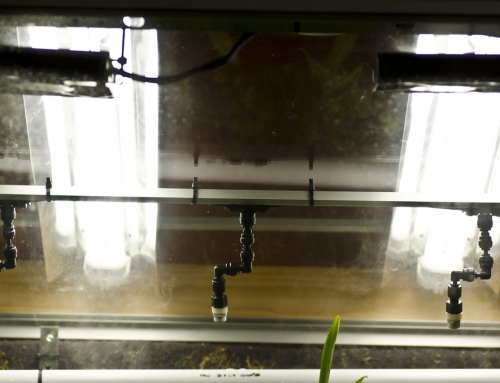

Hello Karma, it’s really nice to see you back.
“The Greenhouse” is simply beautiful and shows all the time and care you took to plan and get everything ‘right’.
Of course, your plants are an inspiration giving all of us a standard to aim for 🙂
Graham (UK)
Thank you for all those kind words Graham! 🙂